Discover how modern construction marvels are made possible through the use of high-performance polymer composites and stay ahead in the game as an expert in the industry.
As I stood in awe, gazing up at the towering skyscraper before me, I couldn’t help but wonder – what made this modern marvel possible? How did engineers and architects create a structure so tall and yet so sturdy? The answer lies in the use of high-performance polymer composites.
Polymer composites are materials made by combining two or more different types of polymers to create a unique material with enhanced properties. These materials have been used for decades in various industries, including aerospace and automotive manufacturing.
However, their use in construction is relatively new. In recent years, high-performance polymer composites have revolutionized the construction industry. They offer several advantages over traditional building materials such as steel and concrete.
They are lightweight yet strong, corrosion-resistant, durable, and customizable to fit any project’s needs.
In this blog post, we will explore how high-performance polymer composites are changing the face of modern construction. We will delve into their properties and applications across various projects worldwide.
Get ready to discover how these magical materials are shaping our world’s future!
Polymer Composites Overview
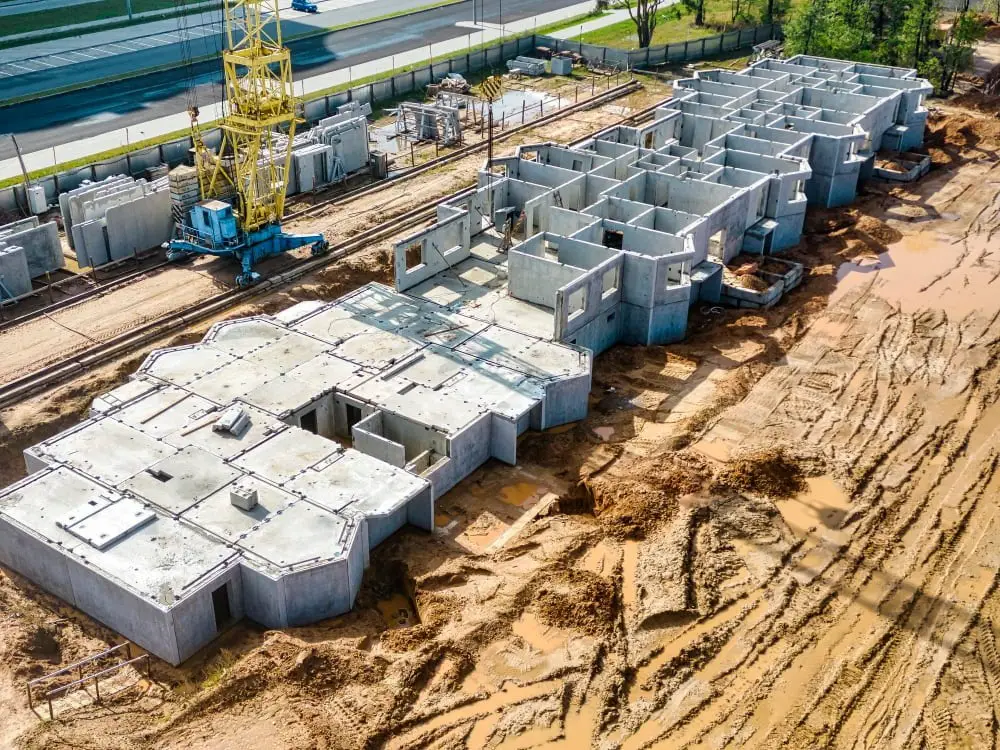
Polymer composites are materials made by combining two or more different types of polymers to create a unique material with enhanced properties. These materials have been used for decades in various industries, including aerospace and automotive manufacturing.
However, their use in construction is relatively new.
As I continued my research on high-performance polymer composites, I discovered that these materials offer several advantages over traditional building materials such as steel and concrete. They are lightweight yet strong, corrosion-resistant, durable and customizable to fit any project’s needs.
Polymer composites consist of a matrix material reinforced with fibers or particles that provide additional strength and stiffness. The matrix can be made from thermosetting resins like epoxy or polyester which harden when heated; thermoplastic resins like polypropylene which soften when heated but retain their shape after cooling; or elastomers like rubber which stretch under stress but return to their original shape once the stress is removed.
The reinforcement fibers can be made from glass fiber (GFRP), carbon fiber (CFRP), aramid fiber (AFRP) among others depending on the desired properties required for each application.
High-performance polymer composites offer an exciting alternative solution for modern construction projects due to its unique combination of physical characteristics not found in other conventional building products such as steel and concrete.
High-Performance Polymers

High-performance polymers are a type of polymer composite that has been engineered to have superior properties compared to traditional materials. These composites are made by combining two or more different types of polymers, each with unique characteristics, resulting in a material with enhanced strength, durability and flexibility.
In the construction industry, high-performance polymer composites have become increasingly popular due to their ability to withstand harsh weather conditions and resist corrosion. They also offer significant weight savings over traditional building materials such as steel and concrete.
As I continued my research into these fascinating materials, I discovered that they were being used in some of the world’s most iconic buildings. From Dubai’s Burj Khalifa – currently the tallest building globally – which features high-strength carbon fiber reinforced polymer (CFRP) for its central core; To London’s Shard skyscraper which uses glass-fiber-reinforced plastic (GFRP) panels for its exterior cladding.
It was clear that high-performance polymer composites had revolutionized modern construction techniques by enabling architects and engineers alike greater freedom when designing structures while maintaining structural integrity at all times.
Modern Construction Applications
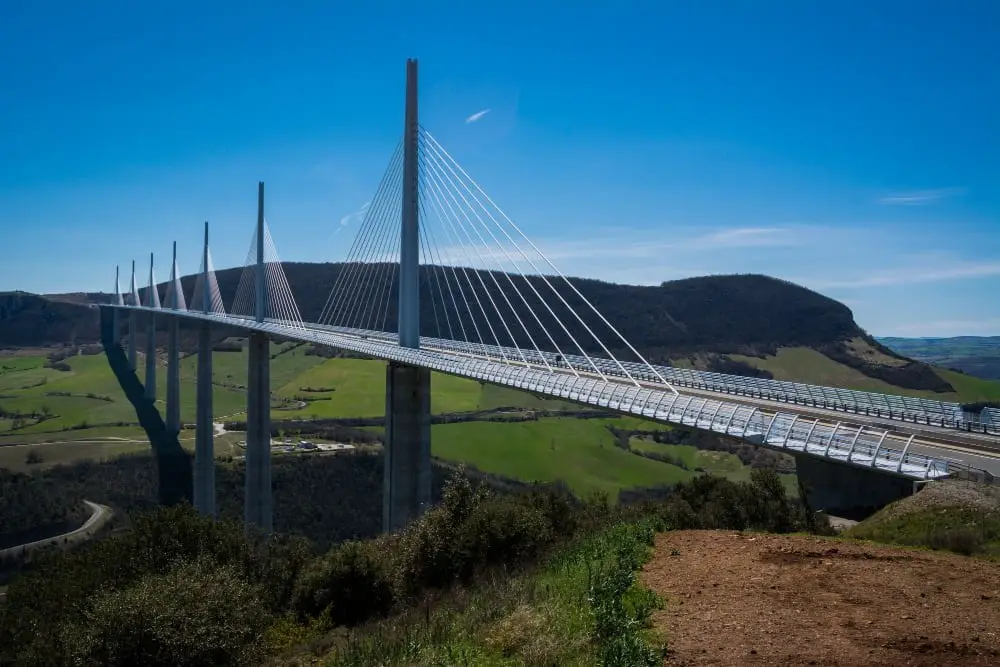
Modern construction applications of high-performance polymer composites are vast and varied. From bridges to buildings, these materials have been used in some of the most impressive structures worldwide.
One such example is the Millau Viaduct in France, which spans over 2.4 kilometers and stands at a height of 343 meters – making it one of the tallest bridges globally – was constructed using high-performance polymer composites. The bridge’s deck consists entirely of composite materials, providing excellent durability while reducing weight by up to 20% compared to traditional steel or concrete decks.
Another notable application is in building facades where architects can create unique designs with customized shapes and colors that would be impossible with conventional building materials like brick or stone. High-performance polymer composites offer flexibility without sacrificing strength or durability.
In addition to their aesthetic appeal, these materials also provide practical benefits for modern construction projects such as earthquake resistance due to their ability to absorb shock waves better than traditional building components like steel beams or concrete slabs.
As we continue pushing boundaries with modern architecture design concepts that require lightweight yet robust structural elements capable enough for long-term use under harsh environmental conditions; high-performance polymer composites will undoubtedly play an increasingly significant role in shaping our world’s future constructions marvels!
Enhanced Material Properties
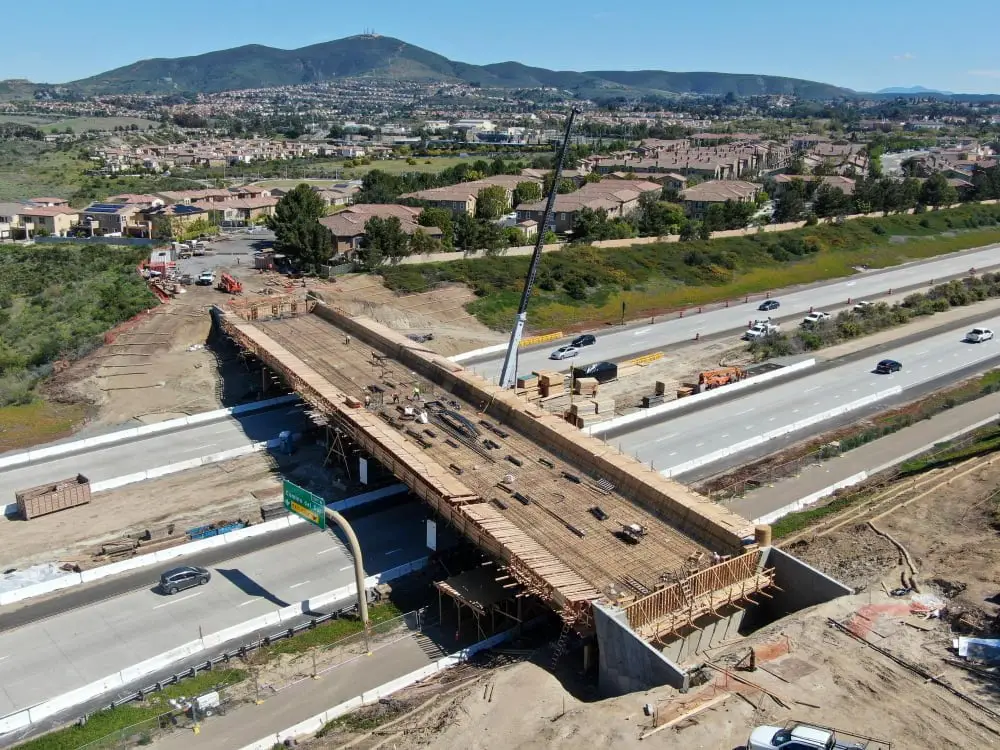
One of the most significant advantages of high-performance polymer composites is their enhanced material properties. These materials are made by combining two or more different types of polymers, resulting in a unique material with superior strength and durability.
In construction, these materials offer several benefits over traditional building materials such as steel and concrete. For example, they are much lighter than steel while still being incredibly strong.
This makes them ideal for use in tall buildings where weight can be an issue.
High-performance polymer composites have excellent corrosion resistance compared to other metals like steel that can rust over time when exposed to moisture or chemicals. They also have better fatigue resistance than traditional building materials which means they will last longer without breaking down under stress.
The enhanced material properties offered by high-performance polymer composites make them an attractive option for modern construction projects worldwide. From skyscrapers to bridges and everything in between – these magical materials are changing the face of our world’s infrastructure!
Lightweight and Durable Design
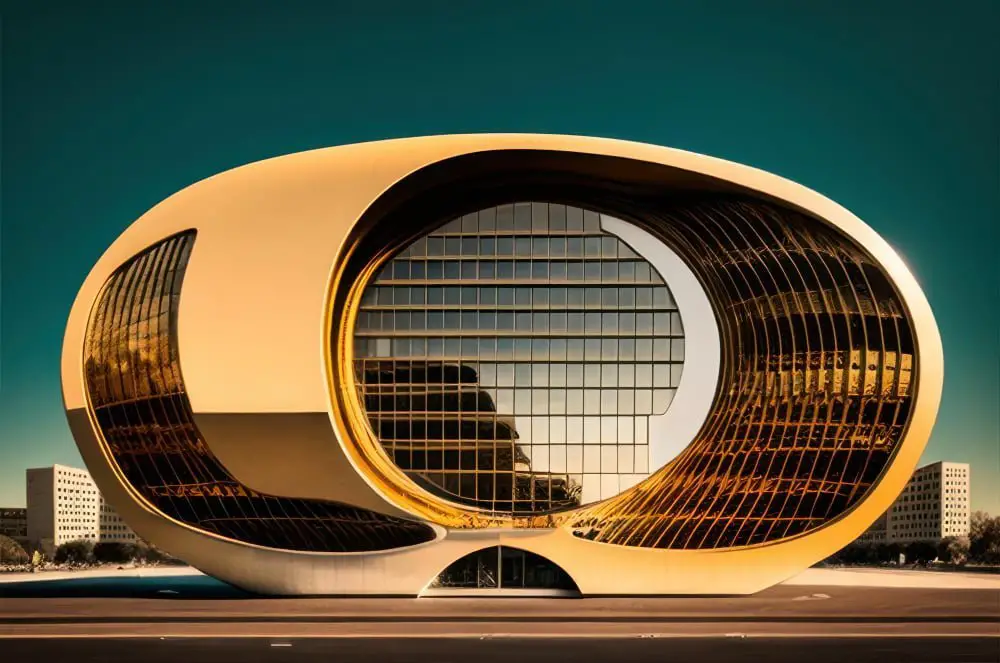
One of the most significant advantages of high-performance polymer composites is their lightweight yet durable design. As I continued to marvel at the skyscraper before me, it dawned on me that this towering structure was made possible by materials that were significantly lighter than traditional building materials like steel and concrete.
Polymer composites are up to 70% lighter than steel and have a higher strength-to-weight ratio. This means they can support more weight with less material, making them ideal for tall structures where weight is a crucial factor in design.
Moreover, these materials are incredibly durable and resistant to corrosion from environmental factors such as moisture or chemicals. They also have excellent fatigue resistance properties, meaning they can withstand repeated stress cycles without breaking down over time.
The use of high-performance polymer composites has enabled architects and engineers worldwide to create innovative designs that would not be possible with traditional building materials alone. From bridges spanning vast distances to futuristic-looking buildings soaring into the sky – these modern construction marvels owe much of their success to these magical composite materials!
Environmental Impact Reduction

Not only do high-performance polymer composites offer superior performance, but they also have a significant impact on the environment. Traditional building materials such as steel and concrete require large amounts of energy to produce, contributing to greenhouse gas emissions.
In contrast, polymer composites are lightweight and require less energy during production.
Moreover, these materials can be recycled at the end of their lifespan instead of ending up in landfills like traditional construction waste. This reduces environmental pollution while conserving natural resources.
As I continued my research into high-performance polymer composites’ applications in construction projects worldwide, I was amazed by how many environmentally friendly buildings were being constructed using these materials. From sustainable homes to eco-friendly commercial buildings and even green infrastructure projects like bridges and highways – it’s clear that this technology is paving the way for a more sustainable future.
Not only do high-performance polymer composites offer exceptional strength and durability for modern construction marvels; they also contribute significantly towards reducing our carbon footprint while promoting sustainability across various industries globally!
Advanced Manufacturing Techniques
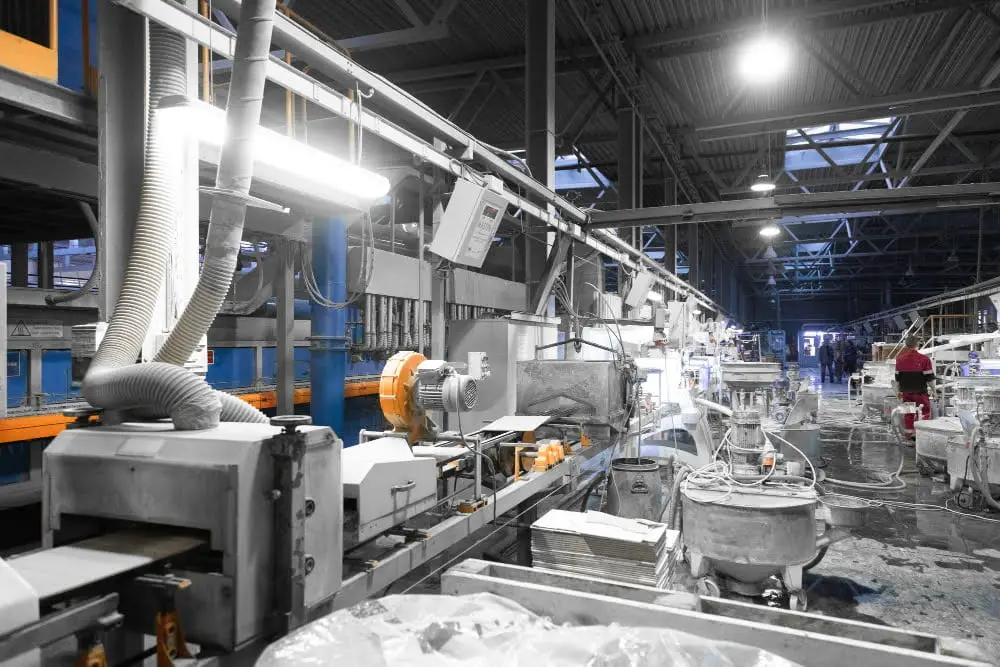
To fully understand the impact of high-performance polymer composites on modern construction, we must also look at the advanced manufacturing techniques used to create them. These materials are not just a combination of different polymers; they require precise engineering and processing to achieve their enhanced properties.
One such technique is called filament winding. This process involves wrapping continuous strands of fiber around a rotating mandrel in specific patterns and orientations.
The fibers are then impregnated with resin, creating a composite material that is strong yet lightweight.
Another technique used in manufacturing high-performance polymer composites is pultrusion. In this process, continuous fibers are pulled through a resin bath before being shaped into the desired form using heat and pressure.
These advanced manufacturing techniques allow for greater control over the final product’s properties, resulting in materials that can withstand extreme temperatures, resist corrosion and wear-and-tear while maintaining their strength over time.
It’s clear that high-performance polymer composites have revolutionized modern construction by offering superior performance compared to traditional building materials like steel or concrete. However, it’s important not to overlook how these magical materials come into existence – through cutting-edge engineering processes like filament winding or pultrusion which enable us as builders & engineers alike access new heights (literally!) when designing structures today!
Recap




